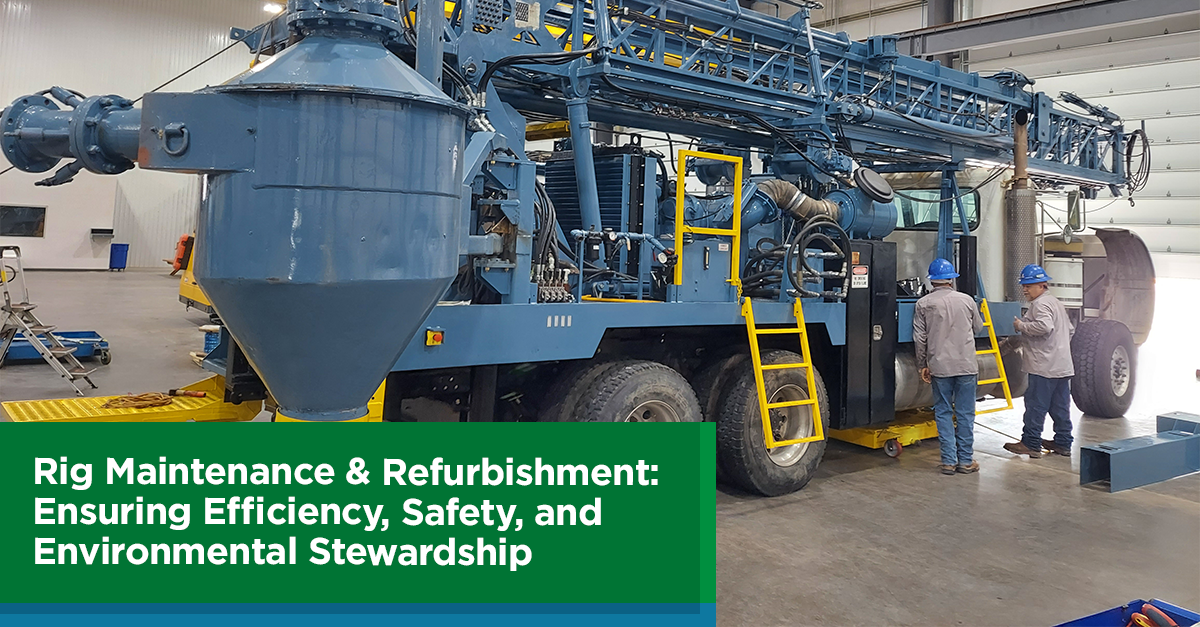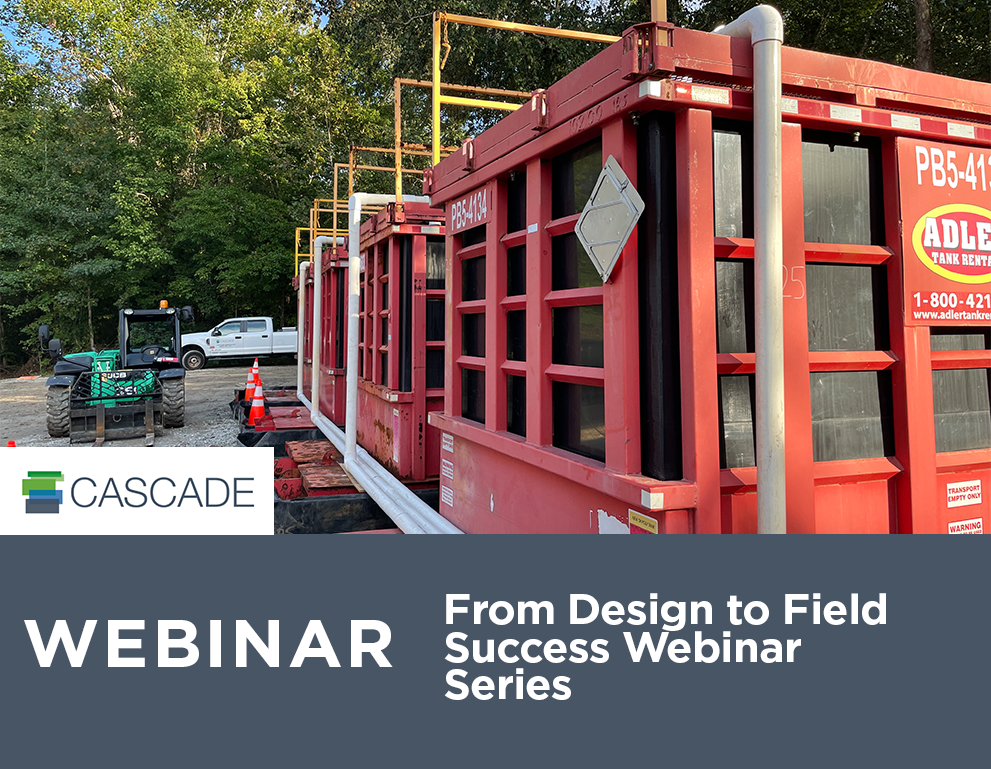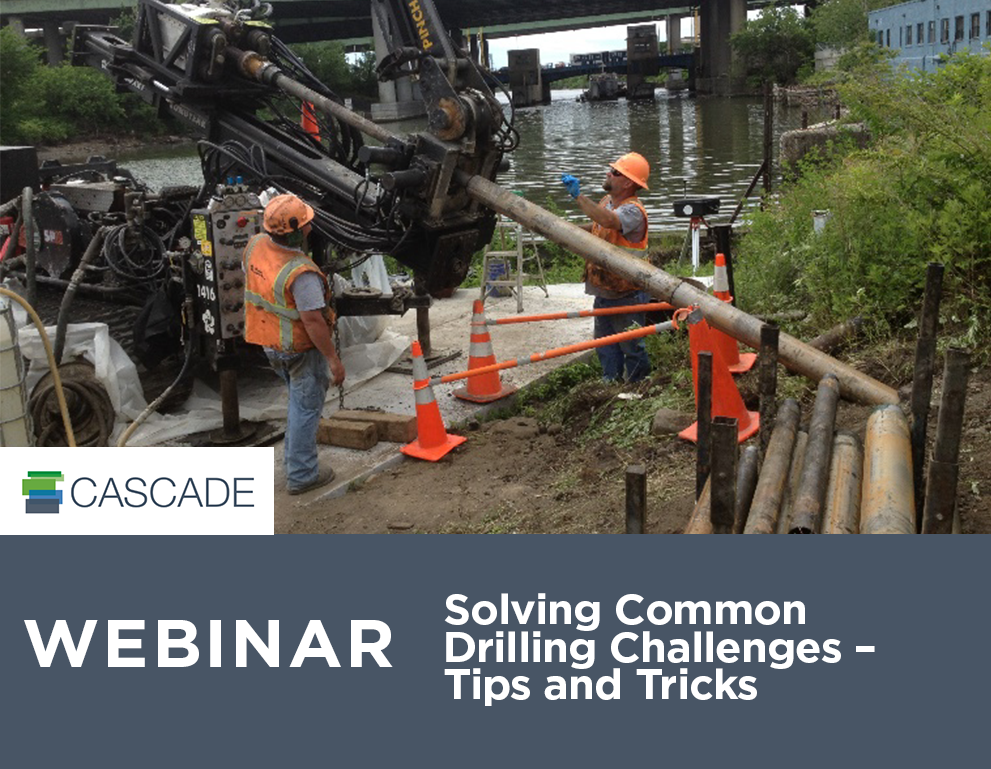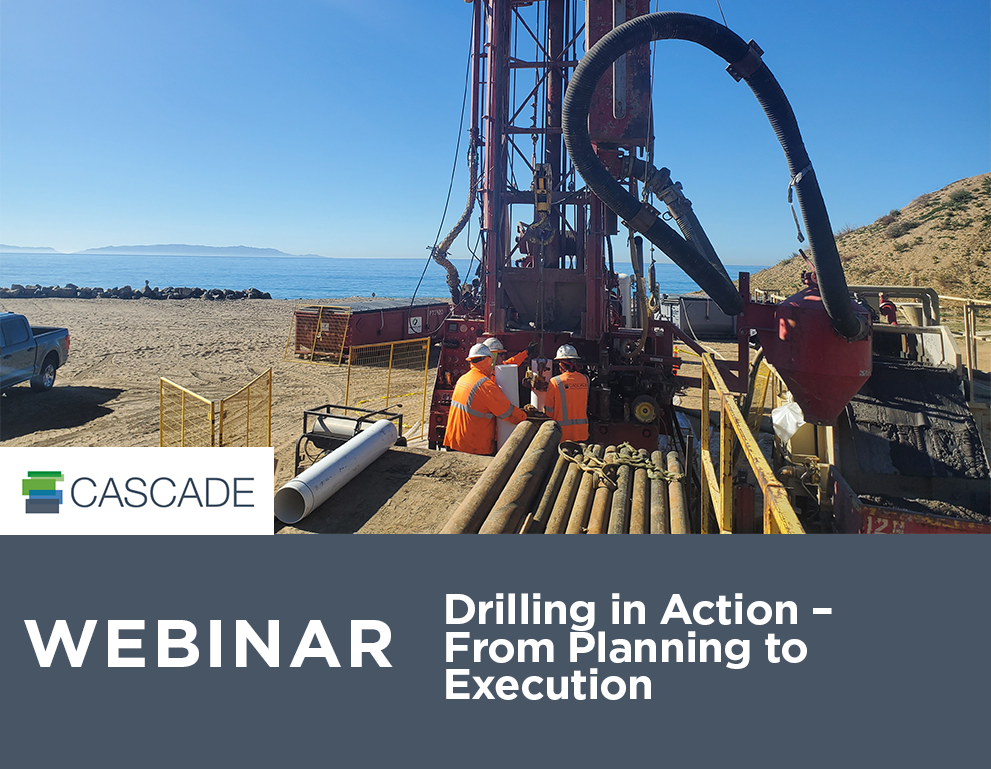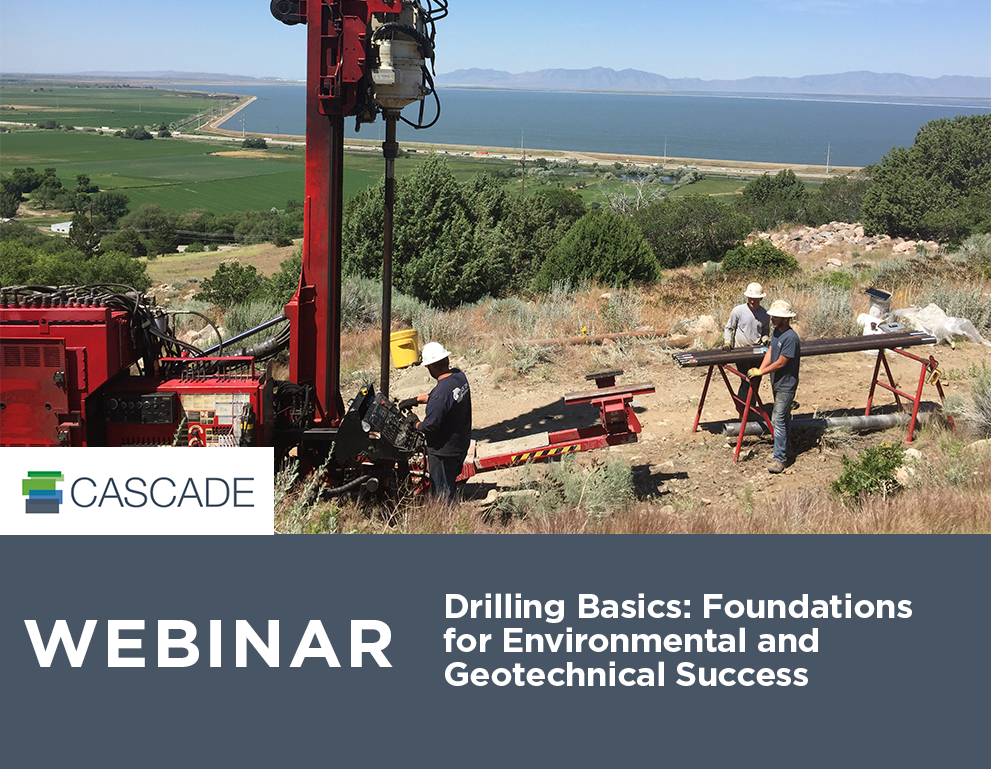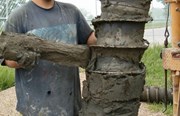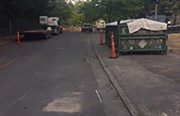If you have been involved with a tieback anchor installation, you know the many unique challenges tieback projects present. Every drilling project has obstacles, but tiebacks add the complexity (and potential pitfalls) of the shoreline. The technology you select can make a big impact, whether it reduces time spent and waste created or adds new logistical issues to factor into your overall project plan and management.
When planning a tieback project, project managers and engineers may lean on technologies that have worked for them in the past. However, every site has different requirements and it is important to consider all options—even less traditional ones. If sonic drilling is one of the technologies on your short list, here are four things to consider.
SPACE REQUIREMENTS
On tieback installation sites, space might be at a premium. It’s wise to check what size rig the site can truly accommodate, as well as if there will be issues moving from one location to another. Additionally, if part of the job site is restricted, you will want to determine if the other section will be open to accept a truck rig. One of the benefits of a sonic rig is its compact nature.
SUBSURFACE CONDITIONS
What is the geology of the site? Before selecting the drill technology, you will want to ascertain if the formation is homogeneous or interbedded and if urban fill will be an issue. Although every drilling technology has its sweet spot when it comes to subsurface formations, sonic’s strength is its versatility.
DRILLING FLUIDS/SOLIDS MANAGEMENT
Although it may seem like a minor detail, drilling fluid and solid management should inform your technology decisions on tieback projects. When a borehole is advanced, how are the cuttings and fluids managed? In over-water drilling situations, this is an especially important consideration. Sonic produces significantly less investigation derived waste (IDW) than conventional drilling technologies which saves both time, money, and hassle.
SAFETY CONCERNS
The fewer processes required around the drilling program, the safer the job site. Ask if additional labor is required to handle tooling, waste management and overall operation of the drilling program, and then determine if the value those add outweigh the risks.
We will be discussing sonic technology for tiebacks in-depth in our upcoming webinar. Bill Poupis and Shawn Miller from Aquifer Drilling & Testing, A Cascade Company will discuss the pros and cons of sonic for this application and share its practical application through a recent tieback project.


